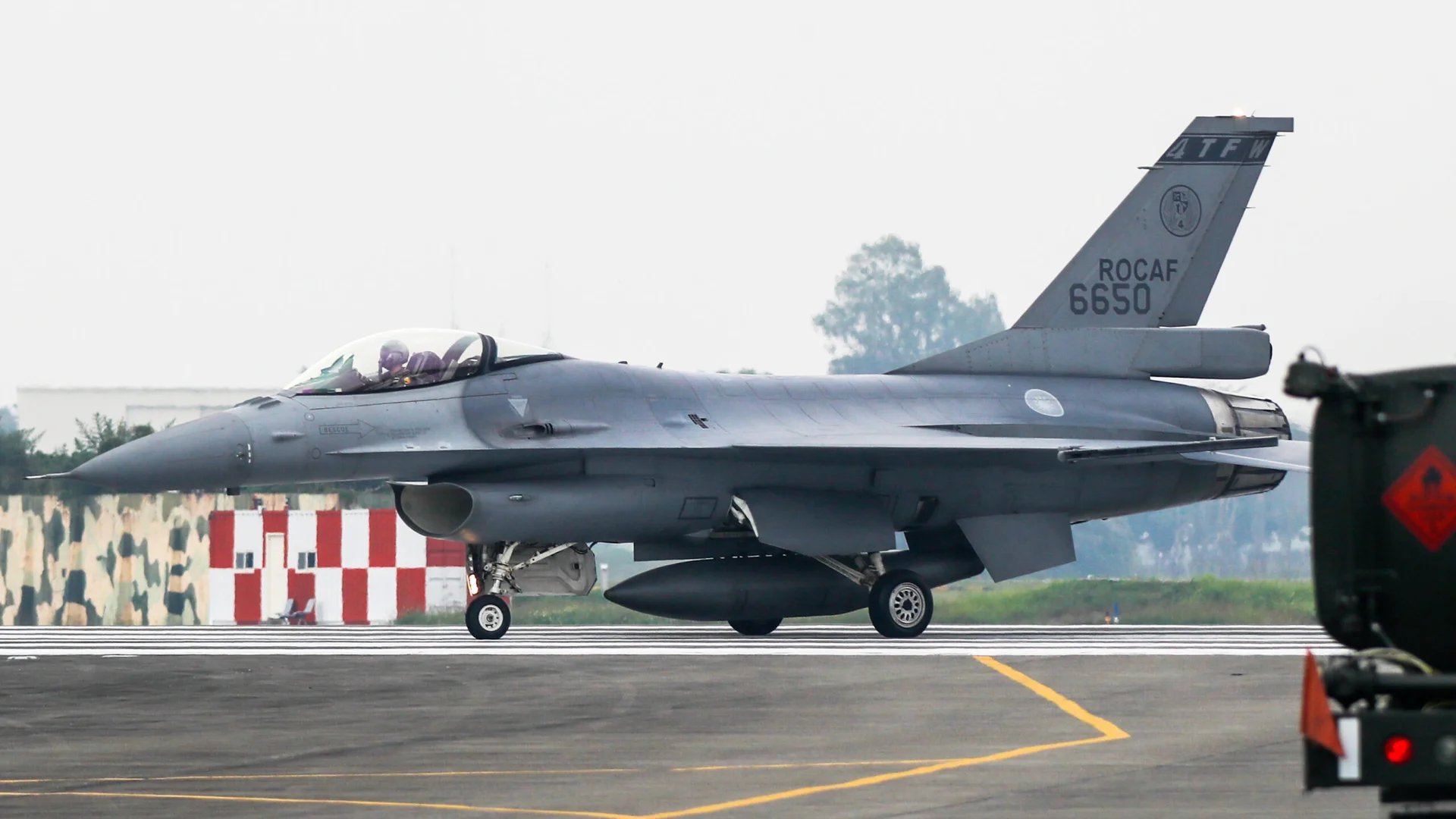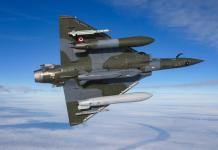On October 2, 2023, F-15C Eagles from the 144th Fighter Wing stationed at Fresno Air Base in California arrived at Kadena Air Base in Japan, the US Air Force announced.
The objective of the deployment is to maintain an ongoing fighter presence during the gradual return of Kadena’s fleet of F-15C/D Eagles to the United States.
During their deployment to the Keystone of the Pacific, these National Guard Eagles will collaborate with other heavy, reconnaissance, and fighter aircraft assets, including fourth and fifth-generation aircraft stationed at Kadena Air Base. This cooperation is essential to maintain a consistent and enduring regional fighter capability.
The service said, “Together, the diverse array of fighters, alongside joint and allied forces, strengthen operational readiness to defend Japan while ensuring a free and open Indo-Pacific through a robust presence of dynamic fighter aircraft.”
Lt. Col. Jon Vanbragt, the commander of the 144th Operations Group, expressed the squadron’s enthusiasm for training and collaborating with Team Kaden and their bilateral partners.

He highlighted that operating in the Indo-Pacific presents significant opportunities for their airmen and allies to enhance partnerships and refine their tactics.
Two F-15C/D squadrons based at Kadena Air Base in Okinawa are being phased out over two years. They are being substituted by rotating squadrons of aircraft from locations as distant as Alaska.
Over the past few months, the United States has deployed F-35s, F-22 Raptor stealth fighters, and F-16 Fighting Falcons on a rotational basis in Japan.
The US Air Force mentioned that the arrival of the F-15C at Kadena Air Base allows the 18th Wing, the host wing for Kadena Air Base, Okinawa, Japan, to operate flexibly in a dynamic airspace and operational area.
This ensures that the US and Japan, together with allied partners, are in a state of readiness to provide robust and credible airpower, ultimately safeguarding the defense of US allies and promoting a free and open Indo-Pacific region.
Nonetheless, experts have contended that the decision to retire Kadena’s two permanent F-15 squadrons is influenced, in part, by China’s substantial arsenal of long-range precision missiles, which can effectively target Okinawa.
Taiwan Calls For Accelerated Delivery Of Weapons Systems
Meanwhile, in response to the escalating military threat posed by the People’s Liberation Army (PLA), Taiwan’s Vice-Minister for Defence, Hsu Yen-pu, has called upon the United States to expedite the delivery of crucial weaponry.
Hsu emphasized the urgency of bolstering Taiwan’s defense capabilities and achieving military self-reliance in the face of mounting pressure from the PLA due to Taiwan’s island geography.
Addressing this concern during the annual US-Taiwan Defence Industry Conference, held in Virginia and conducted behind closed doors, Hsu also urged Washington to facilitate establishing a self-sustaining system within Taiwan.
This system would oversee the complete life cycles of certain US weapons purchased by Taiwan, ensuring the island can manage and support these critical assets independently.
The minister noted that given the ongoing Russian-Ukraine war, Taiwan and the US had recognized the importance of expediting the delivery of weapon systems to Taiwan to enhance its defense capabilities promptly.

Over the past year, Taiwan has consistently voiced concerns to the United States, particularly regarding Stinger portable air-defense missiles that have effectively countered the Russian invasion of Ukraine.
Hsu also pointed out that Washington has the potential to significantly enhance Taiwan’s defense self-sufficiency by assisting in the implementation of a comprehensive “Total Life Cycle Systems Management” (TLCSM) for the Taiwanese military.
TLCSM is a term used in the US military to encompass the planning, administration, and supervision of all phases related to the procurement, development, production, deployment, maintenance, and disposal of US Department of Defense weapon systems throughout their life span.
Taiwan heavily depends on the United States to maintain its US-manufactured weaponry.
Nevertheless, Hsu underscored that adopting TLCSM capabilities would empower more Taiwanese defense companies and contractors to engage in the production and provision of maintenance services for weapon systems acquired from the US.
The call for swifter weapon deliveries and increased self-sufficiency comes as tensions continue to simmer across the Taiwan Strait, with China flexing its military muscle in the region.
- Contact the author at ashishmichel(at)gmail.com
- Follow EurAsian Times on Google News




